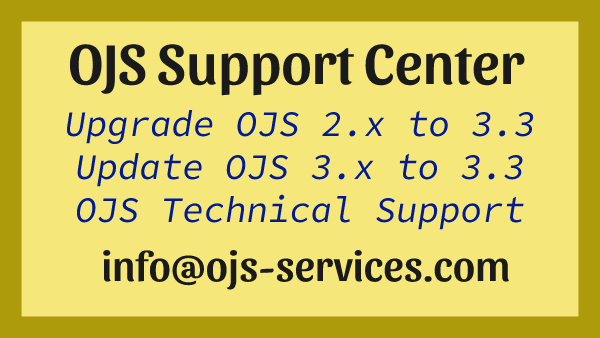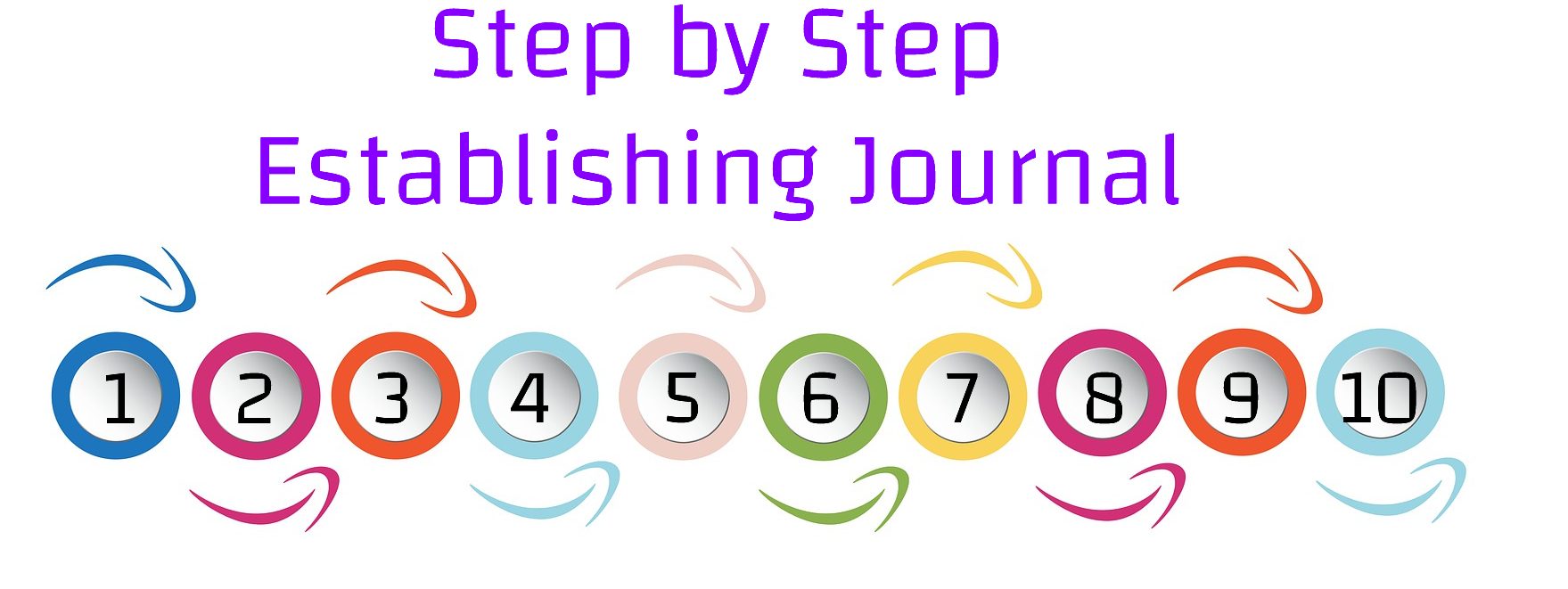Abstracting and Indexing (A&I) databases are specialized information resources that index and abstract academic and scholarly literature. These databases play a crucial role in organizing and providing access to vast amounts of research literature across various disciplines. They help researchers locate relevant articles, papers, and other scholarly resources for their studies and stay updated with the latest developments in their fields.
A&I databases typically include the following key features:
- Indexing: A&I databases index articles and other scholarly content from a wide range of sources, such as journals, conference proceedings, books, reports, and more. The indexing process involves extracting key information from the source documents, including titles, authors, abstracts, keywords, publication details, and sometimes full-text content.
- Abstracts: A significant aspect of A&I databases is the provision of abstracts. Abstracts are concise summaries of the main points and findings of an article. They provide a brief overview of the content, allowing researchers to quickly assess the relevance of an article to their research interests.
- Classification and Subject Headings: A&I databases often employ a standardized classification system or subject headings to categorize and organize articles. These systems ensure consistency in the indexing process and facilitate efficient searching and browsing of the database content. Examples of classification systems used in A&I databases include the Library of Congress Classification, the Medical Subject Headings (MeSH), and the Dewey Decimal Classification.
- Search Capabilities: A&I databases provide advanced search capabilities, allowing users to search for articles based on various criteria, such as keywords, author names, publication titles, subject categories, and publication dates. Users can perform basic keyword searches or utilize advanced search options to refine their queries and retrieve more precise results.
- Bibliographic Information: A&I databases include detailed bibliographic information for each indexed item. This information typically includes the article title, author names, publication details (journal name, volume, issue, page numbers), and sometimes additional metadata such as DOI (Digital Object Identifier), ISSN (International Standard Serial Number), and ISBN (International Standard Book Number).
- Citations and References: Many A&I databases provide citation information, including the list of references cited within an article and the articles that have cited it. This feature enables researchers to trace the scholarly lineage of an article and explore related research.
Prominent examples of A&I databases include Scopus, Web of Science (formerly known as Web of Knowledge), PubMed, IEEE Xplore, and PsycINFO. These databases cover a wide range of disciplines, including science, technology, medicine, social sciences, humanities, and more.
Researchers and scholars heavily rely on A&I databases to efficiently discover, access, and explore relevant scholarly literature. These databases are valuable tools for conducting literature reviews, identifying influential works, tracking research trends, and establishing connections between different pieces of research.


Comments are closed